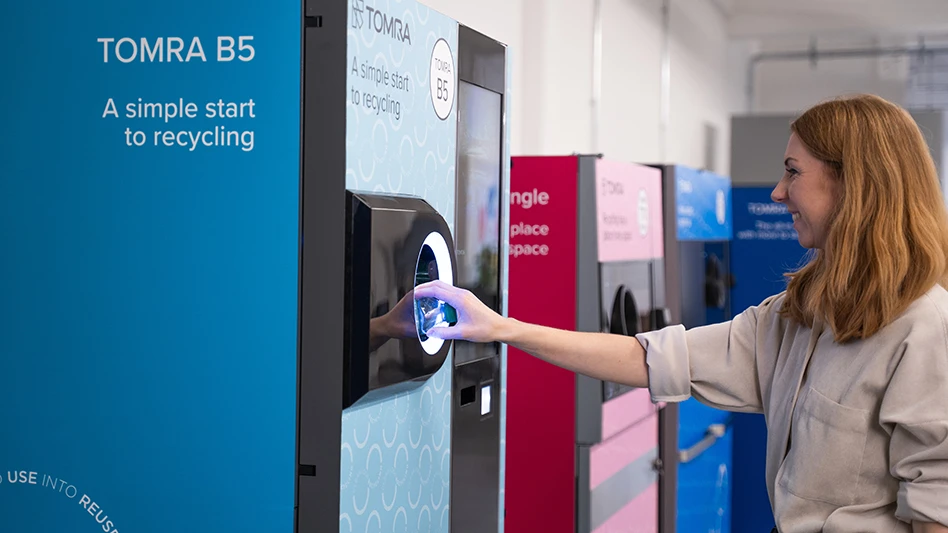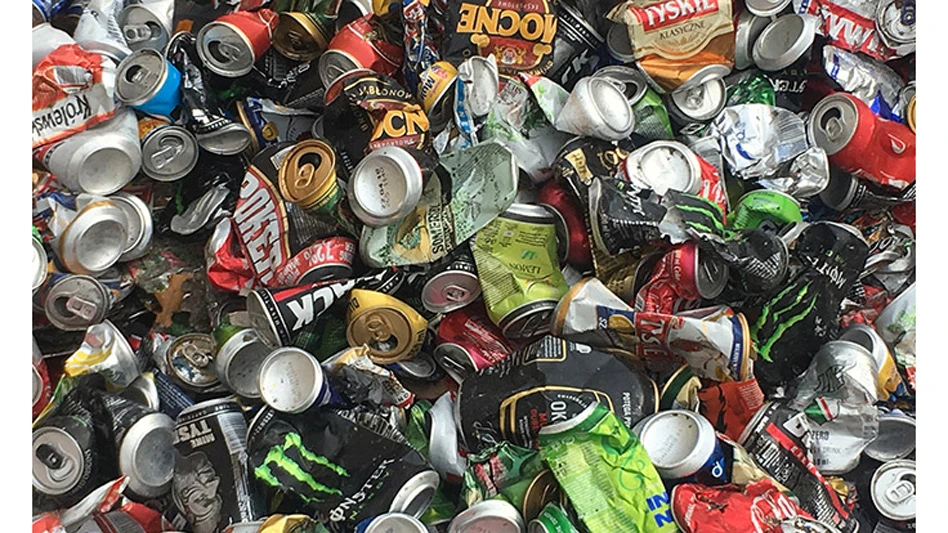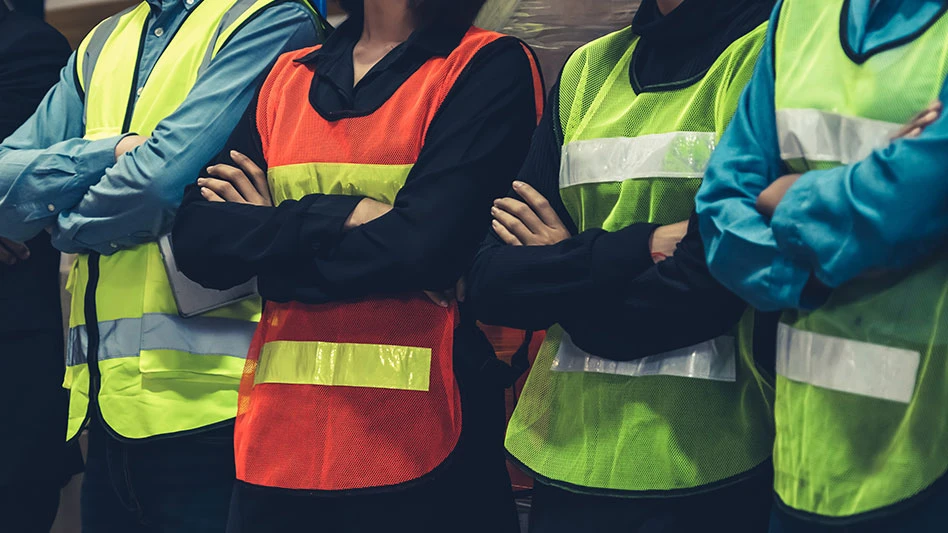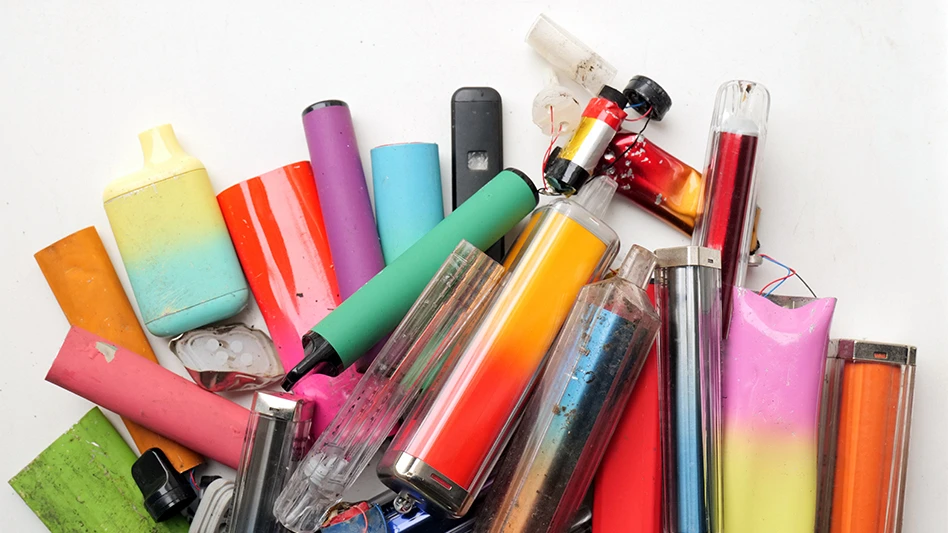
Stocksnapper | Dreamstime.com
Operators of tire recycling plants based on pyrolysis technology (thermochemical conversion at a high temperature) have come and gone over the past several decades, but a tire recycling industry veteran predicts the technology has a growing role to play in the global scrap tire market.
At a presentation at the Tyre Expo event in Singapore this March, Jacob Peled, executive chairman of Israel-based Pelmar Engineering Ltd., portrayed the current state of the global tire recycling industry and offered some predictions for its future.
Peled, who is stepping away soon to retire from his long-time career in the sector, spent several decades helping establish Pelmar Engineering as a tire recycling consulting and system development firm with a global reach.
He portrayed discarded passenger vehicle tires, also known as end-of-life tire (ELTs), as consisting of about 46 percent rubber (technically, butyl and related polymers); 26 percent carbon black; 10 percent steel; and the remainder consisting of additives, plastic fiber threads, oils and other materials.
After acknowledging the role of the reuse and retreading markets, Peled portrayed the current ELT recycling market as seeing about 52 percent directed toward materials recovery processes for butyl, carbon black and steel and about 40 percent going to the energy recovery boiler and kiln market. Peled says those figures are for the European market, but adds they do not differ greatly from activity in North America.
Regarding retreading, Pelmar has found that such activity makes the most sense for larger truck and bus tires and potentially for winter or snow tires used on passenger vehicles.
Peled says the recycling industry has continued to find additional uses for shredded and more finely separated ELTs in attempts to move away from the energy recovery path.
He listed several such markets, including: as an additive to asphalt to improve road performance, reduce noise and lower maintenance costs; civil engineering applications such as to stabilize weak soil or as insulation for roads and bridges; as an additive to artificial turf and as ground cover at playgrounds; and as an additive to virgin rubber compounds.
A cryogenic grinding process has gained some market share, says Peled, and pointed to the acquisition of United States-based Lehigh Technologies by global tire producer Michelin as one example.
A materials recovery process that has taken hold in fits and starts involves using pyrolysis to break down ELTs and create marketable products.
“Pyrolysis today is a process which is safer, more efficient, requires less energy and is much more easily controlled,” says Peled. At his presentation, he said earlier explosions at pyrolysis facilities in different parts of the world had contributed to the lack of momentum in the spread of ELT pyrolysis.
Peled also acknowledged he made an earlier prediction regarding ELT pyrolysis growth in 2010 that did not quickly follow. Nonetheless, he remarked, “We have to pay attention to pyrolysis. This is where tire recycling is going.”
The veteran consultant says one factor that can boost the cost effectiveness of pyrolysis technology will be the availability and application of electromagnetic energy as a power source at such facilities. Finding the right energy, said Peled, is the “million dollar question” facing the ELT pyrolysis sector, he tells Recycling Today.
In the summary of his Singapore presentation, Peled called pyrolysis “a close contender” with retreading as the most cost-effective way to handle ELTs, especially with recent advances.
He sees recycled carbon black (RCB) as being able to replace from 35 to 45 percent of the world’s carbon black supply by 2035, and says the need to recycle ELTs is by no means going away.
Regarding the overall global market, he cites “a sharp increase” in global passenger vehicles and in electric vehicles (EVs), about which he says their batteries add 20 percent more weight to a vehicle’s burden on its tires.
Citing the Washington-based Recycled Rubber Coalition, Peled says the number of scrap tires generated in the U.S. has been estimated to have reached almost 300 million ELTs annually.
Additionally, “The whole tire industry is very actively reducing” the impact of ELTs on the environment,” says Peled, with multinational producers adopting “ambitious sustainability goals.”
Latest from Recycling Today
- ReMA urges open intra-North American scrap trade
- Axium awarded by regional organization
- China to introduce steel export quotas
- Thyssenkrupp idles capacity in Europe
- Phoenix Technologies closes Ohio rPET facility
- EPA selects 2 governments in Pennsylvania to receive recycling, waste grants
- NWRA Florida Chapter announces 2025 Legislative Champion Awards
- Goldman Sachs Research: Copper prices to decline in 2026





